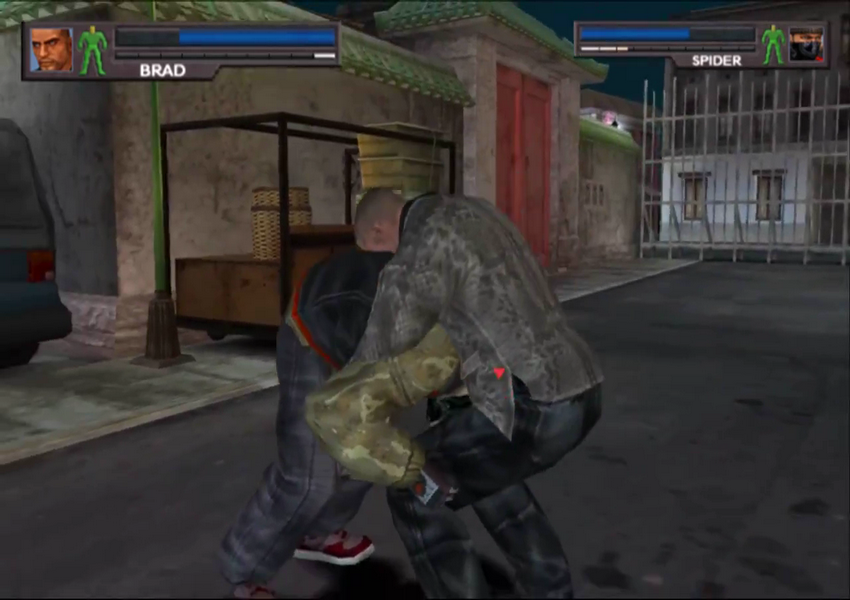


When running you can perform various other moves, but control of your character simply isn’t as tight as you’d like. Running is really the only move that can cause a few control problems. The SPA metre can also be used to give your character temporarily enhanced abilities, such as auto countering, extra offensive power and increased toughness. This metre will increase as you successfully pummel enemies, but also as enemies pummel you, often giving you a chance to get back into the fight. The number you can perform increases throughout the game, but they’re all pulled off with a combination of the grab and attack button and a certain direction on the controller. Thankfully, timing a counter isn’t that tricky, but for a game of this type, its inclusion is quite a departure from the norm.Īs well as your standard health you have a SPA (Special Arts) metre, which allows you to pull of special moves. Fights against random thugs (at least early on) don’t require too much concentration, but boss characters will really punish you if you let them attack, often stringing together combos and unleashing devastating special moves. Even when playing on one of the easier difficulty settings, the move you’ll need to master first is the counter. The Dual Shock’s four face buttons are used for attack, grapple, counter and run, and while it may sound basic, various combinations make for plenty of moves. Thankfully, the actual fighting is a lot of fun and has a certain amount of depth. You can perform the odd team attack by calling over your partner, but it’s never really necessary. Other than having an extra character in the area to take on enemies, the gameplay remains largely the same, with each character concentrating on their own mini battle within the area. On occasion you’re forced to fight alongside a certain character, but you’ll usually get to choose. The opening third of the game sees you fighting alone, but after another gang dumps the beaten-up body of a friend, you join forces with many of the boss-like characters who you’ve defeated earlier in the game. For the most part you’re tasked with simply defeating every enemy in the area, but you’ll often fight one-on-one with boss-like characters, go against a clock or have to target certain body parts of an opponent.
#Urban reign game like upgrade#
In-between fights you can upgrade your fighter’s attack and defence stats, often unlocking new special moves and grabs. Rather than opt for a Final Fight style level approach, with new enemies appearing throughout your progress across the stage, you jump from one location to the next, fighting for a few minutes, before moving on again. Each fight comes and goes in a matter of minutes, with the storyline being lost along the way. You’re often told how tough a certain gang is or how the guy you’re fighting next is looking for revenge etc, but none of it really matters. Cutscenes are extremely rare, with most of what’s going on being told through short introductions to the fight you’re about to take part in. You play Brad Hawk, a broad-shouldered thug who takes on groups of thugs on his own, before joining others later on in the game. Namco has tried to present something that resembles a story, but it’s not told all that well. When the traditional side-on multiple-round fight mechanic isn’t used though, the rather basic arcade-style game progression that goes with it seems woefully lacking. Hardcore Tekken fans are probably foaming at the mouth at the mere thought of such a comparison, but Urban Reign really does feel just like that. Imagine Tekken stripped of many of its complexities and in a fully 3D environment that allows for complete freedom of movement.


 0 kommentar(er)
0 kommentar(er)
